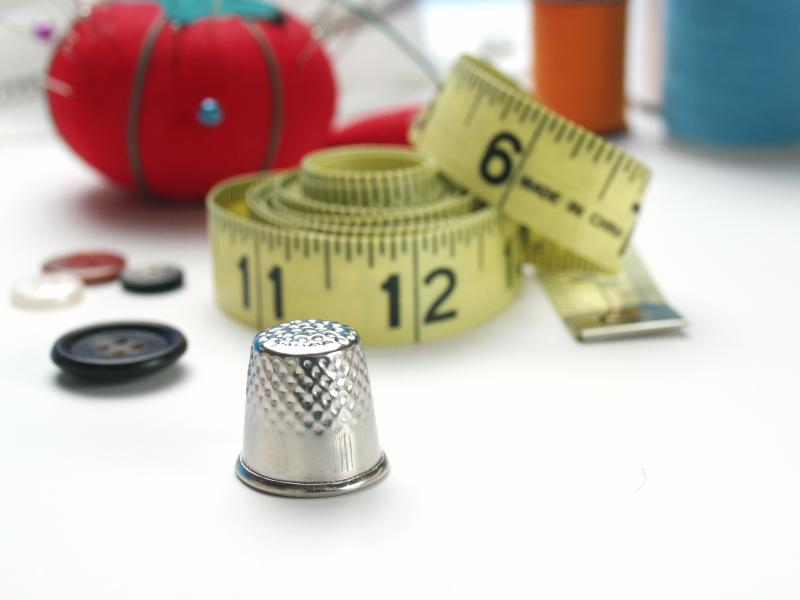
Creating t-shirt quilts really depends on how large the quilt and how ornate the design. The larger the quilt the more materials (t-shirts, backing, etc.) is going to be needed and it will also take longer to design, layout and put the quilt together.
- Select Shirts - Shirts should be clean and in good condition. Avoid stained shirts or t-shirts that are too thin from wear or washing.
- Fusible Interfacing - Each shirt must be backed with non-woven fusible interfacing to prevent it from stretching. Buy enough fusible interfacing to make a 17" square for each T-shirt. Select good quality, light weight interfacing. Fusible interfacing needs to be non-woven, glued only on one side.
- Fabric for Sashing/Border/Binding - Sashing strips form a decorative grid between each T-shirt block. Plan on 2" sashing strips (1 1/2" when finished) between the blocks, 2 1/2" strips (2" when finished) for the border, and additional fabric for the binding. Calculate the amount needed and be sure to wash it before you use it - you want to be sure that the color won’t run and that the fabric will not shrink after the quilt is finished.
- Cutting Shirts - Separate the front of the shirt from the back. Make sure the shirt is smooth, iron if necessary.
- Fusing - Cut interfacing into 17" squares - one for each shirt. Don’t piece the interfacing, it will show through. Position the interfacing with the resin side down on the wrong side of the t-shirt, trying to center the design as much as possible. Follow the manufacturer’s instructions for fusing to the back of each T-shirt. Beware of wrinkles - once cool they won’t come out!
- Cutting the Squares - Square up each fused shirt to 15". Make sure you center the design and lettering - measure twice - cut once! Cut with scissors or rotary cutter.
- Arranging - Lay out squares on the floor and arrange. Alternate light/dark, busy/not so busy. Make sure the blocks can be read from the desired direction.
- Completing the Quilt - add sashing - Sashing strips are the horizontal and vertical strips between blocks. The horizontal strips should measure 15" in length x 2" wide. Cut enough sashing strips to add to all the t-shirts except the bottom row. Then sew horizontal strips to the bottom of each block, except the blocks in the bottom row. Sew blocks together to form columns.
After all the blocks are sewn into columns, make long 2" sashing strips slightly longer than length of each column. Sew the 2" sashing strips onto the inside edge of the completed columns, one strip to each column (don't sew a sashing strip to the outside edges of the columns) and sew the columns together. Press toward sashing.
Cut border strips 2 1/2" wide and add as desired. If you need to do a final pressing, make sure you put a cloth over the shirts - they may smear if the iron is placed directly onto them.
Finish - Layer backing batting and quilt top. Baste or safety pin together. If you have some experience machine quilting you can quilt your quilt or you can tie it to hold the layers together. Bind your quilt and be sure to add a label.
12 shirts will make a throw-size quilt, approx. 48" x 64" - 3 across x 4 down.
20 shirts will make a twin size quilt, approx. 64" x 82" - 4 across x 5 down
30 shirts will make a full size quilt, approx. 82" x 96" - 5 across x 6 down.
36 shirts will make a queen size quilt, approx. 96" x 96" - 6 across x 6 down.
42 shirts will make a king size quilt, approx 110" x 96" - 7 across x 6 down.
These are great basic instructions and a great way to get started with your own t-shirt quilt but if you want a more elaborate design or just don't have the time or patience to create your own, check out our t-shirt quilts page and drop us a line to make your very own custom t-shirt quilt.
